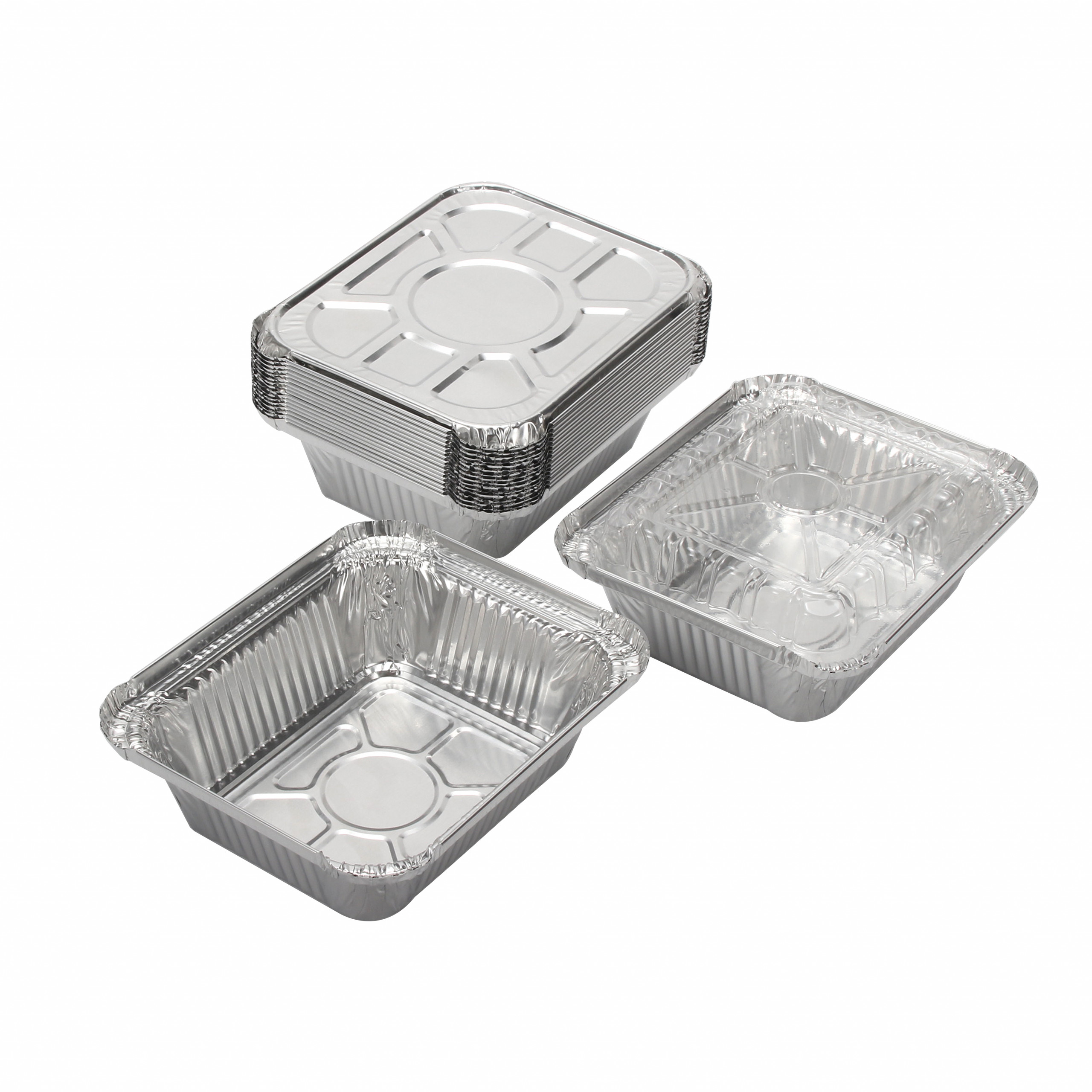Food packaging is an important part of our modern life. We rely on it to store and transport food, and it’s even used in some disposable products. But what are the different types of food packaging, and what are their benefits? In this article, we will explore the different types of food packaging and explain their benefits. We will also outline some tips for choosing the right food packaging for your needs. So read on to learn about all the options available to you and choose the best one for your food!

What to look for in a food packaging aluminum foil container
There are a few things to look for when choosing a food packaging aluminum foil container. The container should be strong and able to withstand repeated use, it should have a tight-fitting lid that seals in food flavor and freshness, and it should be easy to clean.
What are the benefits of using aluminum foil containers?
There are many benefits to using aluminum foil containers for food storage.
One benefit is that aluminum foil is an excellent conductor of heat, meaning that it quickly conducts heat from the inside of the container to the outside. This makes it a good choice for dishes that need to be served quickly, such as stir-fries or casseroles.
Aluminum also prevents foods from sticking to the container and one another, which can help keep your meal organized and tidy. Additionally, aluminum foil is not as likely to cause food poisoning compared to other packaging materials.
If you’re looking for food-grade containers, choose Canlids. These containers have tamper-proof lids and food-grade levels of aluminum.
How to choose the right size aluminum foil container for your needs
When it comes to choosing the right size aluminum foil container for your needs, there are a few things to keep in mind. For example, if you’re packaging small quantities of food, a smaller container will be more efficient than a larger one. And if you plan on using your container frequently, opting for a durable model is key.
Here are four tips for choosing the right size aluminum foil container:
- Consider how much food you’re packaging.
If you’re packaging small quantities of food, a smaller container will be more efficient than a larger one.
- Think about how often you’ll use the container.
If you plan on using your container frequently, opting for a durable model is key. Durable models can last for years without needing to be replaced or repaired.
- Consider what type of food you’re packaging.
Aluminum foil containers can be used for dry and wet foods, so choose the right size based on what kind of food you’re packing. For example, if you’re packaging chopped-up fruit or vegetables, go with a smaller container because they will quickly lose moisture in humid conditions or when exposed to air-borne contaminants like smoke or fumes. On the other hand, if you’re wrapping meat in aluminum foil for storage or cooking purposes, opt for a bigger container because moisture won’t affect it.
Conclusion
Food packaging aluminum foil containers come in a variety of shapes and sizes to fit almost any food or beverage. When choosing an aluminum foil container, it is important to consider the product’s intended use. For example, some products are designed for reheating while others are meant for storage. Additionally, take into consideration the container’s size, shape, and other features.

